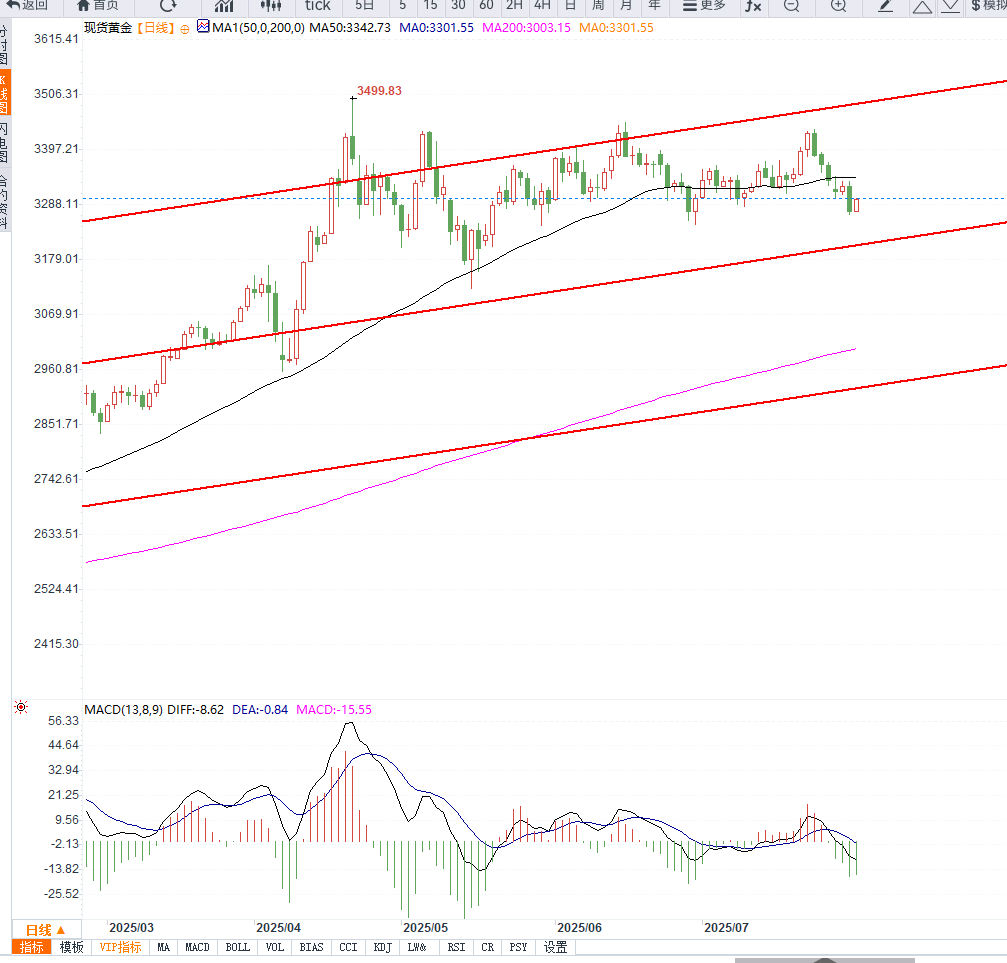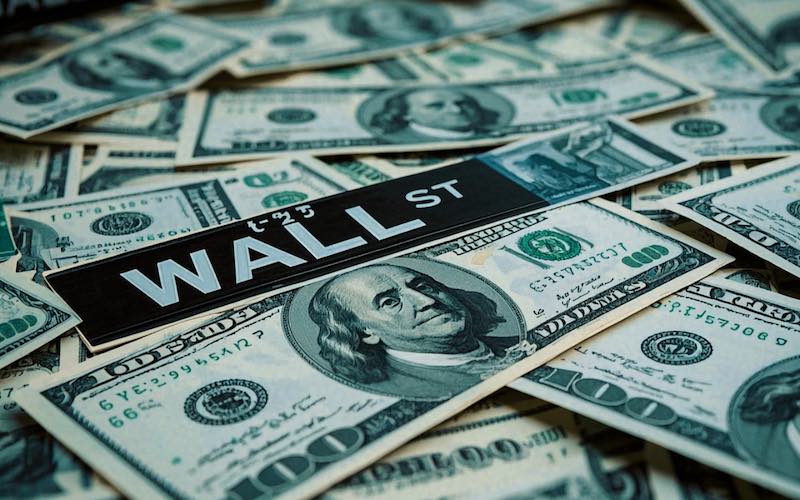The Fed's hawkish stance and strong economic data pushed up the dollar, and gold returned to the lower edge of the box, and continued to fluctuate in the short term.
2025-07-31 14:20:07
The Federal Reserve held interest rates steady for the fifth consecutive time at its meeting this week, with the policy range remaining at 4.25% to 4.50%. Despite pressure from President Trump and allies to cut rates, the statement struck a more optimistic tone, emphasizing the "continued solid expansion" of the economy.
"The Fed's hawkish stance has clearly dampened market expectations of a September rate cut, which has put direct pressure on non-interest-bearing assets such as gold." - said Edward Moya, commodities analyst at OANDA.

After the meeting, Federal Reserve Chairman Powell said: "No decision has been made on whether to cut interest rates in September. The current policy remains mildly restrictive and does not drag down the economy." These remarks, coupled with strong economic data, triggered a rapid strengthening of the US dollar.
The US ADP report showed that private sector employment grew by 104,000 in July, far better than the previously revised 23,000 decline. Meanwhile, the US Department of Commerce reported that second-quarter GDP growth was 3.0% annualized, reversing the previous quarter's -0.5% decline, reflecting the solid foundations of the US economy.
The focus of market attention has now shifted to the core PCE price index, the inflation indicator that the Federal Reserve values most. This data will be released tonight and is expected to provide direct guidance for the US dollar and gold trends.
From a technical perspective, gold prices have found short-term support at the 100-day moving average (around $3,270) and have formed an initial rebound above this level. However, momentum indicators such as the daily MACD have begun to weaken, suggesting that the current rebound is more of a technical correction than a trend reversal.
The upper resistance of $3310 is a key short-term resistance. If it fails to break through, it is expected to attract new shorts to enter the market. If it breaks through and stabilizes, it will open up space for further upward movement to the $3325-3326 level.
The 100-day moving average ($3,270) is the first line of defense. If it fails, it may further test the June low of $3,248-3,247. If it falls below this level, the price of gold may test the psychological support of $3,200.
The current price remains in the middle of the range, and the subsequent direction still needs to wait for the PCE data to provide a clear catalytic signal.
"Although gold has shown signs of stabilization at its technical support level, the strong Fed stance and the performance of the U.S. economy have weakened its medium- and long-term upward momentum. Unless the PCE data is unexpectedly weak, gold prices may continue to fluctuate and tilt to the downside." - Bart Melek, head of precious metals strategy at TD Securities

Editor's opinion:
Gold's current trend is caught between policy and data. While prices have found support above $3,270, reflecting the continued appeal of its safe-haven properties, continued strong US economic data and the Federal Reserve's refusal to cut interest rates in September have created significant upward resistance for gold.
If the core PCE price index is higher than expected, it will reignite dollar buying and put pressure on gold prices. Pay attention to the breakthrough direction of the two key ranges of $3310 and $3247.
- Risk Warning and Disclaimer
- The market involves risk, and trading may not be suitable for all investors. This article is for reference only and does not constitute personal investment advice, nor does it take into account certain users’ specific investment objectives, financial situation, or other needs. Any investment decisions made based on this information are at your own risk.





















